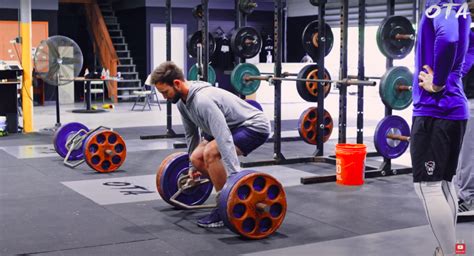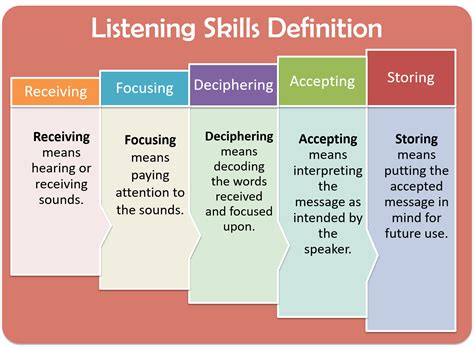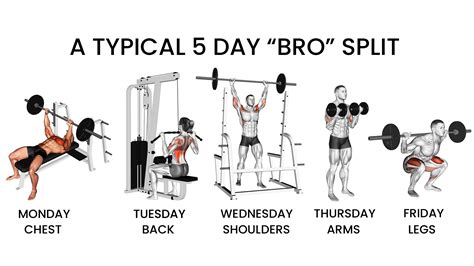How to optimize workout recovery for peak strength & sustained performance?

In the pursuit of peak strength and sustained athletic performance, intense training is only half the equation. The often-overlooked, yet equally critical, component is effective recovery. Without proper recovery, your body cannot adapt to the stress of training, repair damaged tissues, or replenish energy stores, ultimately hindering progress and increasing the risk of injury. Mastering the art of recovery is not merely about resting; it’s about strategically supporting your body’s natural regenerative processes.
The Science Behind Recovery: Why It Matters
During strenuous exercise, muscle fibers undergo microscopic tears, and energy reserves (glycogen) are depleted. The recovery period is when your body rebuilds stronger muscles through protein synthesis and refills its energy tanks. This adaptive process, known as supercompensation, allows you to return to your next workout stronger and more resilient.
Furthermore, effective recovery is essential for preventing overtraining syndrome, a state characterized by persistent fatigue, decreased performance, mood disturbances, and increased susceptibility to illness. By prioritizing recovery, you ensure your central nervous system, endocrine system, and immune system can adequately bounce back, keeping you healthy and performing at your best.

Pillar 1: Strategic Nutrition
What you eat (and when) plays a monumental role in how effectively your body recovers. Fueling your body correctly post-workout kickstarts the repair process and replenishes vital nutrients.
Protein Power
Protein is the building block of muscle. Consuming high-quality protein (around 20-40 grams, depending on body weight and training intensity) within a few hours post-exercise provides the amino acids necessary for muscle repair and growth. Excellent sources include lean meats, fish, eggs, dairy, and plant-based proteins like legumes and tofu.
Carbohydrate Replenishment
Carbohydrates are your body’s primary energy source. After intense workouts, glycogen stores in your muscles and liver are depleted. Replenishing these stores with complex carbohydrates (e.g., whole grains, fruits, vegetables) is crucial for restoring energy levels and preparing for future training sessions.
Hydration is Key
Dehydration can significantly impede recovery. Water is vital for nutrient transport, waste removal, and maintaining optimal cellular function. Aim to drink plenty of water throughout the day, and be sure to rehydrate with electrolytes after sweating heavily.

Pillar 2: The Unbeatable Power of Sleep
Sleep is arguably the most potent recovery tool. It’s during deep sleep stages that your body releases growth hormone, essential for tissue repair and muscle growth. Furthermore, sleep helps regulate cortisol (the stress hormone) and supports cognitive function, enhancing focus and decision-making for future workouts.
Aim for 7-9 hours of quality sleep per night. Establish a consistent sleep schedule, create a dark and cool sleep environment, and avoid screens before bed to optimize your body’s natural restorative processes.
Pillar 3: Active Recovery & Mobility
While complete rest days are important, active recovery can accelerate the process by promoting blood flow and reducing muscle soreness. This doesn’t mean another intense workout; rather, it involves low-intensity activities.
Gentle Movement
Activities like light walking, cycling, swimming, or yoga can increase circulation, helping to deliver nutrients to fatigued muscles and flush out metabolic waste products like lactic acid. This can significantly reduce delayed onset muscle soreness (DOMS).
Stretching and Foam Rolling
Incorporating stretching and foam rolling into your routine can improve flexibility, range of motion, and alleviate muscle tightness. These techniques help break up fascial adhesions and increase blood flow to specific areas, aiding in recovery and injury prevention.

Pillar 4: Stress Management & Mindfulness
Mental and emotional stress can have a profound impact on physical recovery. Elevated cortisol levels due to chronic stress can interfere with muscle repair and increase inflammation. Practices like meditation, deep breathing exercises, or simply engaging in relaxing hobbies can help manage stress, promoting a more balanced physiological state conducive to recovery.
Mindfulness also involves listening to your body. Recognizing signs of overtraining or excessive fatigue – such as persistent soreness, poor sleep, or decreased performance – is crucial. Ignoring these signals can lead to injury or burnout.
Practical Strategies for Optimal Recovery
- Listen to Your Body: The most important rule. Adjust your training intensity and frequency based on how you feel.
- Periodization: Incorporate deload weeks or lighter training cycles to allow for full recovery.
- Cold/Hot Therapy: Some athletes find contrast showers or ice baths beneficial for reducing inflammation, though research varies.
- Massage/Myofascial Release: Professional massages or self-massage tools can further aid in muscle recovery and reduce tension.

Conclusion: Your Path to Sustained Performance
Optimizing workout recovery is not a passive act but an active and integral part of any serious training regimen. By strategically addressing nutrition, prioritizing quality sleep, engaging in active recovery, and managing stress, you create an environment where your body can thrive. This holistic approach not only accelerates muscle repair and energy replenishment but also fosters resilience, prevents injury, and sets the stage for continuous gains in strength and long-term athletic success. Embrace recovery as a cornerstone of your fitness journey, and watch your performance reach new heights.








